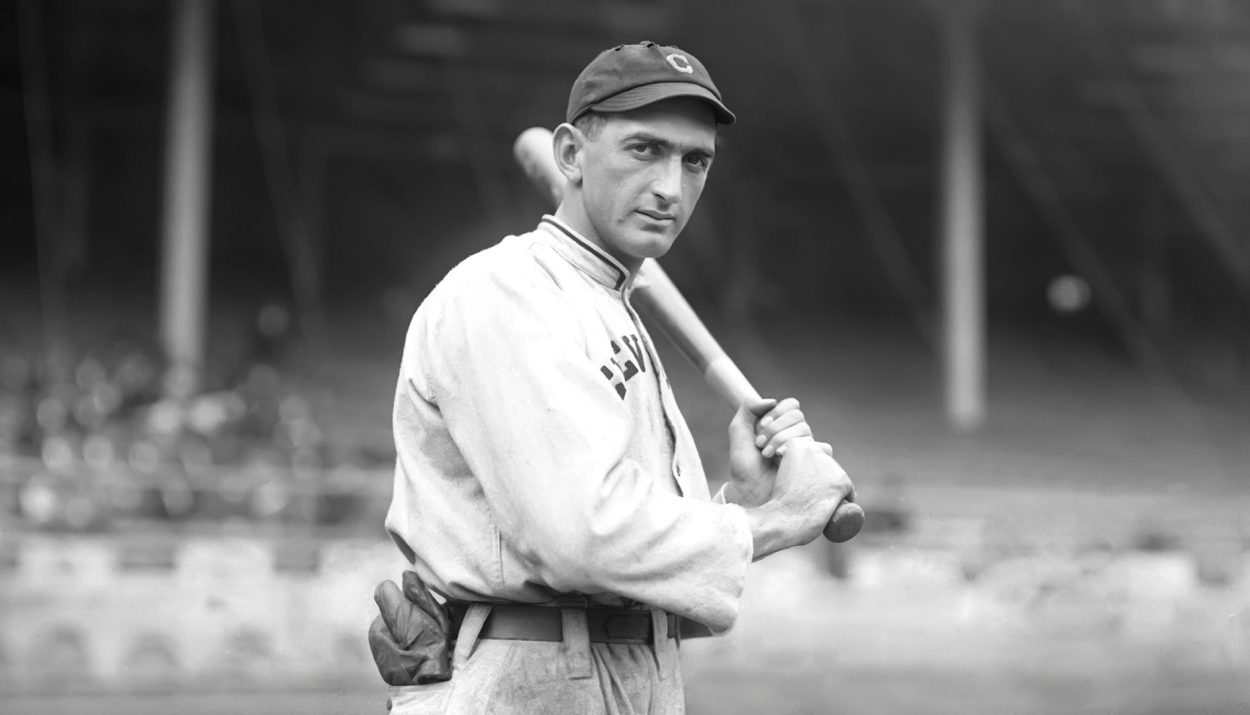The third day of April may not be a day of practical jokes and can’t brag about hosting an epic solar eclipse, but that doesn’t mean the day is a dud. April 3rd witnessed several fascinating and momentous events that have impacted history.
Let’s take a look at some of the events that took place on April 3, at various times in history.
The Pony Express Began – 1860
The Pony Express is just as legendary as Wild West gunfights and cattle drives. The first Pony Express speedy mail delivery started on April 3, 1860, when a horse and rider left St. Joseph, Missouri, with a pouch full of letters. Ten days later, those letters arrived at their destination in Sacramento, California … but the initial driver and horse did not.
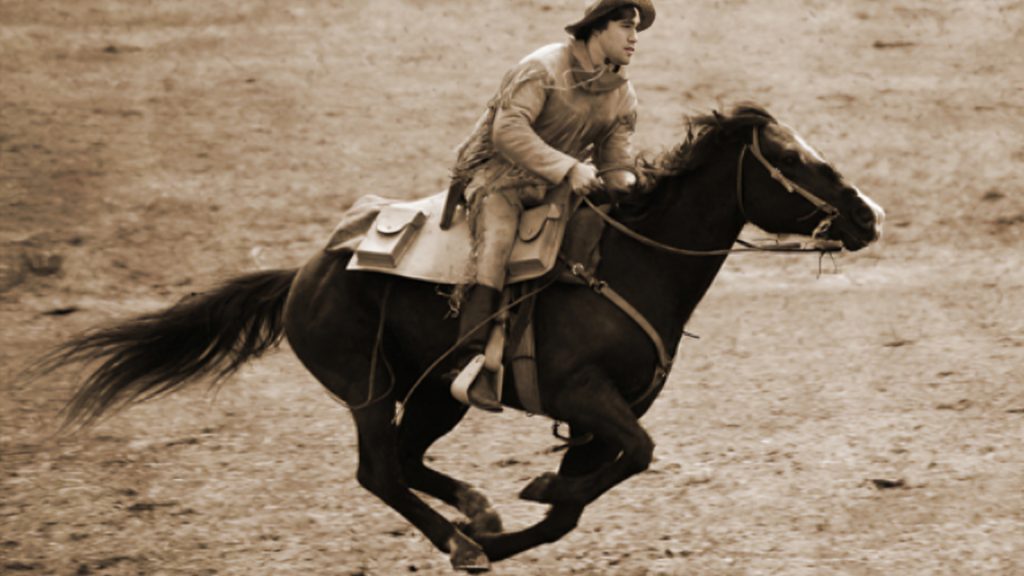
That’s because the Pony Express used an ingenious relay system. Each horse and rider traveled only about 10 to 15 miles to reach the next Pony Express station. There, the mail pouch was handed off to a fresh, well-rested horse and rider who carried the mail for the next leg of the journey.
The Pony Express Was a Short-Lived Endeavor
The Pony Express embodied the rugged, romantic spirit of the American frontier, yet it was a financial flop. The cost to mail a letter to California wasn’t enough to cover the cost of the fleet of riders and horses that were needed to make the deliveries.

Just 18 months after the inaugural run of the Pony Express on April 3, 1860, the county’s first transcontinental mail delivery route went bankrupt. The last Pony Express delivery was made in October 1861. After that, the Pony Express was relegated to the history books.
German Explorer Ludwig Leichhardt Disappeared While Exploring Australia – 1848
Ludwig Leichhardt, a German explorer, became well-known for his exploration of Australia. A naturalist who was deeply interested in the geology, plants, and animals of Australia, Leichhardt eagerly collected specimens during his exploration of the northern and central parts of Australia.

In his journal, Leichhardt described the aboriginal people he met, the farming techniques they used, and the great packs of emus he encountered. His long-titled book, The Journal of an Overland Expedition in Australia from Moreton Bay to Port Essington, a Distance of Upwards of 3000 Miles, During the Years 1844 and 1845, was so well received that Leichhardt immediately made plans for a second expedition.
Leichhardt’s Next Two Expeditions Weren’t as Successful
Leichhardt’s second expedition was cut short when most of his men fell ill with malaria. Food was scarce and the men mutinied against Leichhardt, who had not brought medicine and adequate amounts of food. When the group returned to Europe, Leichhardt publicly blamed his men for their weakness. His second-in-command blamed Leichhardt.

Leichhardt returned to Australia in hopes of reestablishing his good name. He and his party were last seen on April 3, 1848. In the subsequent years, items belonging to Leichhardt and his men turned up in places across the Australia continent. It was rumored that he was killed by members of the Wallumbilla tribe.
Jesse James Was Murdered by a Member of his Own Gang – 1882
A legendary outlaw of the Wild West, Jesse James began his life of crime at a young age. With his brother, Frank, he joined up with a set of four brothers – Cole, John, Jim, and Bob Younger – to form the James-Younger Gang. The gang became notorious for their string of sensational crimes.

In the 1870s, Jesse James and his gang members robbed trains, stagecoaches, and banks across several states. Although local authorities and the Pinkerton Detective Agency were hot on their trail, newspaper reports of the gang’s crime spree cast Jesse James as a romantic, Robin Hood-like figure.
A Larger-Than-Life Outlaw
The exploits of Jesse James and the other gang members were featured in newspapers, magazines, and dime novels of the day, which helped to cement the folklore surrounding him. But there was disagreement among the gang. A few members were killed in a botched robbery and some of the others left the group.
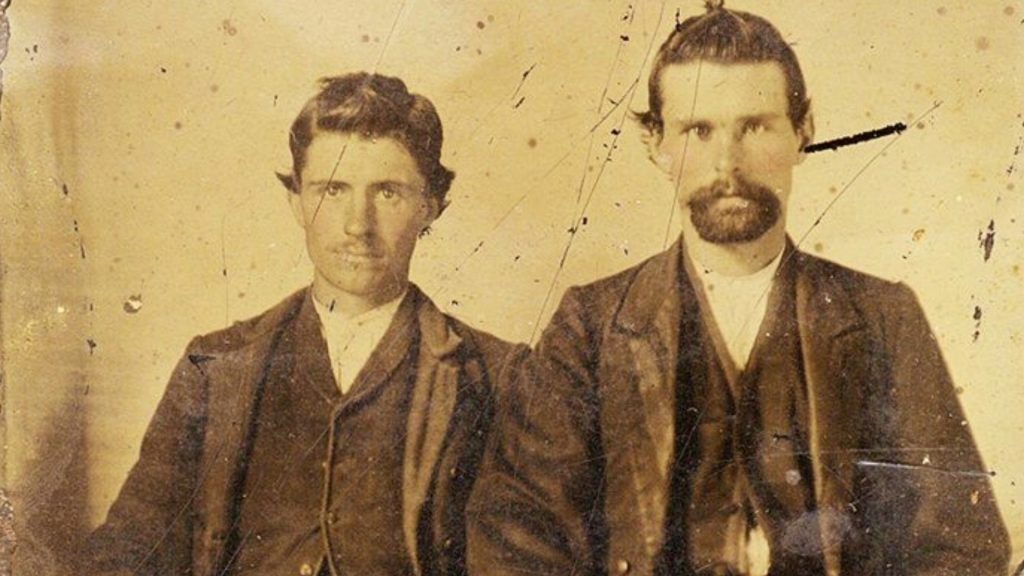
Jesse James had a new recruit. Robert Ford, the younger brother of his friend, Charley, was eager to join the gang. Ford, however, had made a deal with the governor of Missouri and promised to deliver the famed outlaw to him. On the morning of April 3, 1882, the James brothers and Ford brothers had breakfast. Jesse then turned his back to the group to straighten a painting on the wall. Robert Ford shot and killed the unarmed Jesse James in the back of the head, killing him.
Two “Black Sox” Players Tried – and Failed – to Sue for Back Pay Following Baseball’s Biggest Scandal – 1932
Ahead of the 1919 World Series, eight members of the Chicago White Sox conspired with each other and a group of professional gamblers to intentionally lose games in exchange for money. The players were disheartened by the team owner, Charles Comiskey’s reputation for underpaying his players … including his star player, Shoeless Joe Jackson.
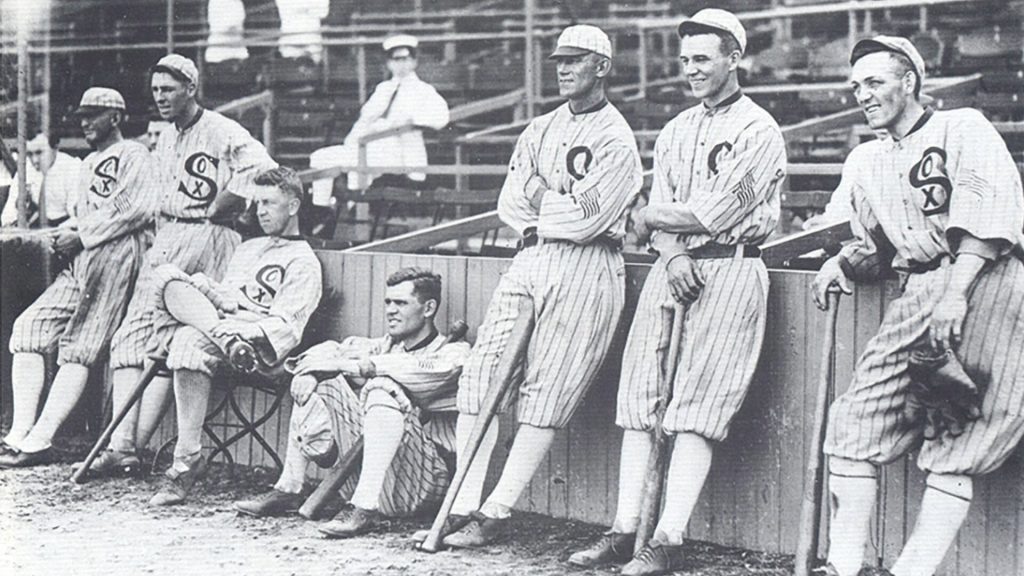
Eight members of the White Sox – Jackson, Fred McMullen, Happy Felsch, Swede Risberg, Chick Gandil, Eddie Cicotte, Lefty Williams, and Buck Weaver – participated in the plot to lose the 1919 World Series to the Cincinnati Reds.
Baseball’s Biggest Scandal
The White Sox lost the World Series to the Reds, but as the 1920 season got underway, rumors swirled about the White Sox’s World Series loss. In September 1920, Cicotte confessed to the grand jury and named names. In the ensuing trial, all eight players were acquitted. Nonetheless, they were all banned from baseball. The incident was a black mark on the game and earned the team the nickname the “Black Sox.”

Eleven years later, on April 3, 1932, two of the Black Sox players, Happy Felsch and Swede Risberg, filed a lawsuit against their former team seeking back pay. They claimed their wages were unlawfully withheld from them. The judge quickly dismissed the lawsuit and sent the disgraced ball players on their way.
Planet of the Apes Hit Movie Theaters – 1968
On April 3, 1968, the groundbreaking and thought-provoking 20th Century-Fox film, Planet of the Apes, hit cinemas in the United States. The blockbuster movie was written by Michael Wilson and Rod Serling, based on Pierre Boulle’s 1963 novel.

Planet of the Apes starred Charlton Heston, Roddy McDowall, Kim Hunter, and Linda Harrison. The plot, in which Heston’s astronaut character returned to Earth to discover that apes have emerged as the dominant primate and humans reverted back to primitive conditions.
Commentary on Evolution and Racial Injustices
The key themes of Planet of the Apes focus on evolution and racial injustices. The rise of the apes as the most intelligent animal on the planet illustrates the concept that evolution can work in both directions. Some can become smarter and more adapted while others regress.
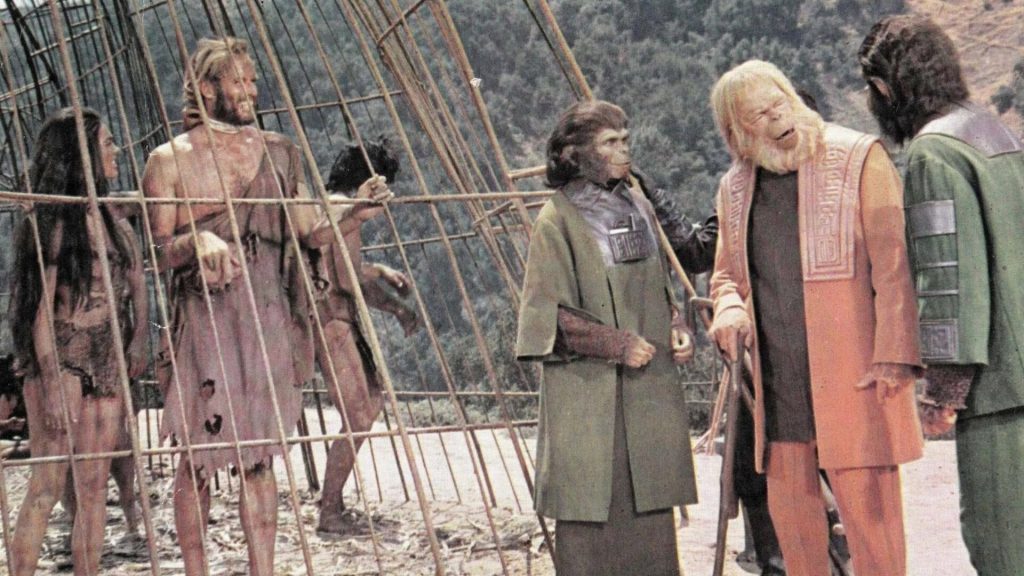
When Planet of the Apes was released on April 3, 1968, the United States was grappling with Civil Rights issues. The movie presents primates as having a caste system with the chimpanzees as the intellectually superior scientists and doctors, the gorillas as laborers, the orangutans as politicians, and humans as slaves … a clear commentary on racial injustices.

